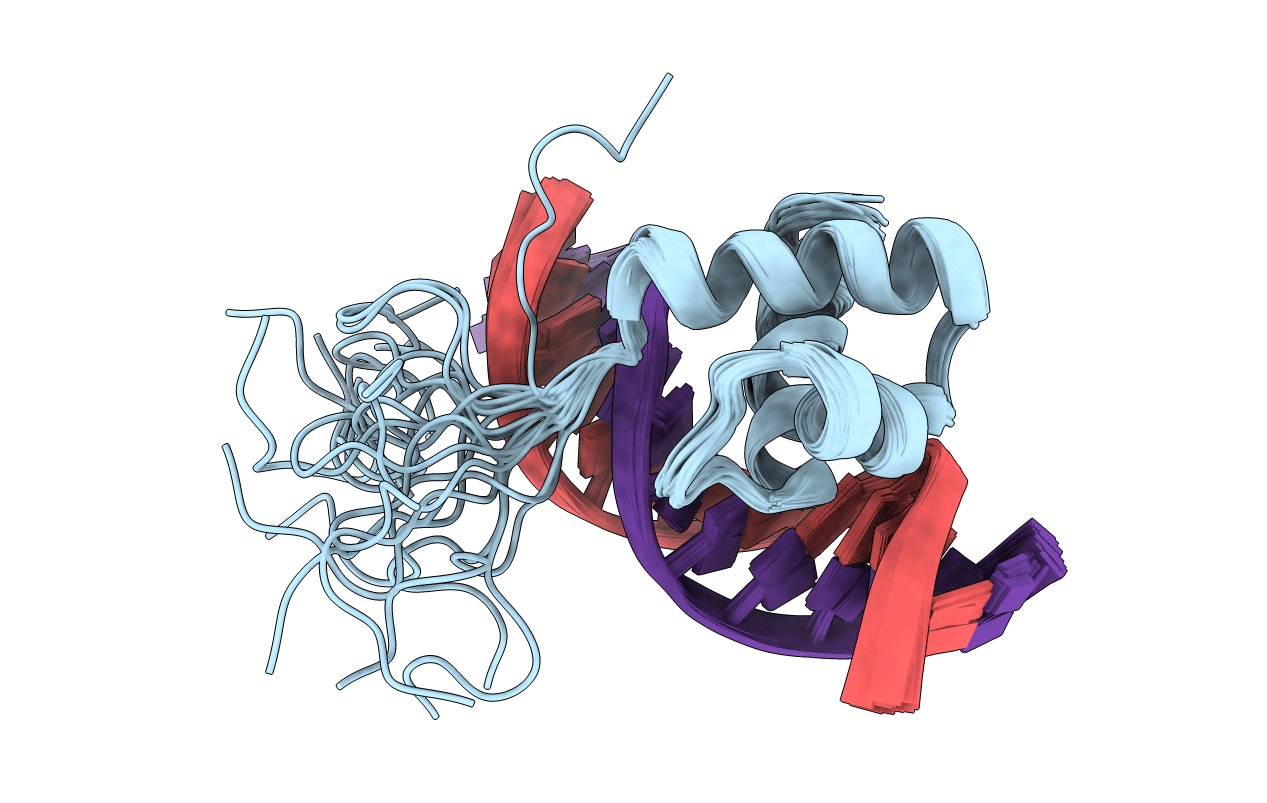
Deposition Date
2004-04-12
Release Date
2005-05-17
Last Version Date
2023-12-27
Entry Detail
PDB ID:
1VFC
Keywords:
Title:
Solution Structure Of The DNA Complex Of Human Trf2
Biological Source:
Source Organism:
Homo sapiens (Taxon ID: 9606)
(Taxon ID: )
(Taxon ID: )
Host Organism:
Method Details:
Experimental Method:
Conformers Calculated:
200
Conformers Submitted:
20
Selection Criteria:
structures with the lowest energy


